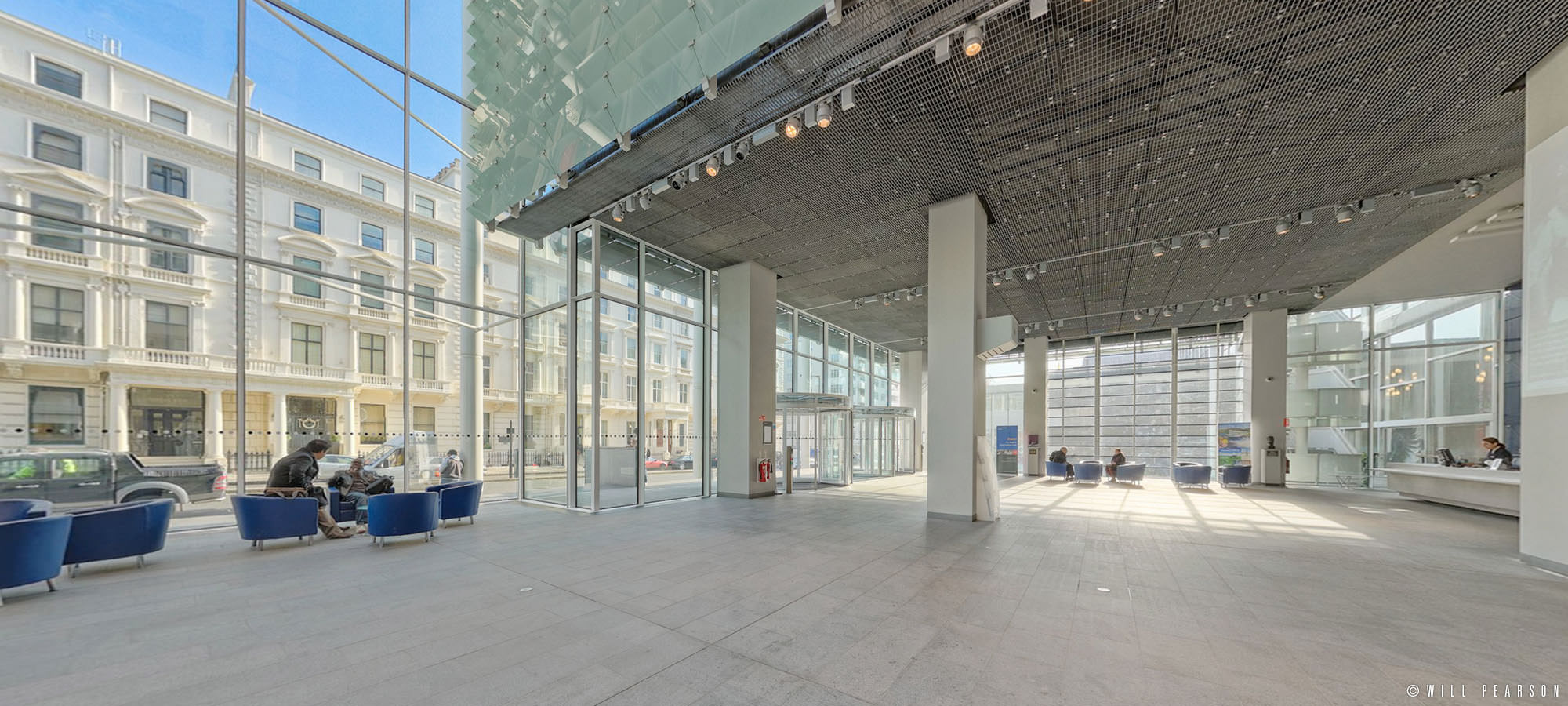The burgeoning student accommodation market is not without its challenges. Taylor Wessing predicts “a highly competitive market with potential new entrants to the sector” (2018: Trends in the purpose built student accommodation sector). In addition to new market entrants, the standard of existing student accommodation is improving generally. Providers have moved beyond bland, uniform accommodation, and are offering high aesthetic standards and many additional features to appeal to their prospects. The advent of greater choice leads to students becoming ever-more selective. They’re looking for value for money, but are also envisioning their accommodation to be a key part of their overall student experience. Given that marketing student accommodation is becoming more challenging, creating a brand connection becomes all the more important.
Marketing student accommodation – where does 360 content fit in?
360 content offers an opportunity to tell your ‘brand story’ – not only by showcasing the space, but by expanding on this narrative with details that connect with university applicants, that solve problems for them. While they’re looking around their potential accommodation, you can reassure them. Below are just a few ideas to include:
- show them the useful features that they’ll find in their rooms – from broadband to handy storage
- provide details about security measures that are in place to keep students safe
- highlight the social spaces
- expand on the type of events that are held in these social spaces
Remote buying decisions
In many cases, it’s not solely students who will be involved in the buying decision. 360s can provide enough information for students and their parents to differentiate between accommodation options and make a decision remotely – this is especially important for overseas students and their families.
Good 360s will illustrate the accommodation, but with clever use of extra content they can also reassure parents and students alike that this is the right choice for them. If a provider is offering unparalleled security features for example, these can be highlighted within a 360 tour. Video can be embedded within the 360, so it can bring together and harmonise other existing content to portray a full picture of the accommodation and experiences students can expect.
What’s important?
Superb 360 photography can be a valuable tool for marketing student accommodation; but only when the photography is of a good enough standard, and there’s enough information to engage with prospects. These are the boxes 360s need to tick:
- Contains the optimum amount of well-presented and relevant content to engage with viewers and take them on the journey of what makes this accommodation their best choice.
- High resolution photography that clearly shows the finer details even when zoomed in.
- Sharp at all viewing distances.
- Retouched to remove scuffs, dirt, stains, etc., to ensure the accommodation is exhibited to its best advantage.
- Of sufficient quality to stand the test of time, to avoid looking tired or dated in a year or two.
Some accommodation providers are going the route of a ‘walkthrough tour’ (using a Matterport system). Rather than focussing on key areas and showcasing them beautifully, the Matterport system captures hundreds of lower-resolution images that can’t be retouched or enhanced to show the surroundings off in the best light.
This option is budget-friendly, although it should be noted that there are monthly costs, and the image rights belong to Matterport USA, not to the client. The major disadvantage is that it results in low-quality imagery when compared to real photography and bespoke tours. Providers need to question whether students remote experience of the accommodation is improved by, for example, being able to ‘walk’ from the reception desk to the common room in a series of unexciting imagery. This is missing an opportunity for providers to enlarge on their brand narrative. Instead, showcasing key areas beautifully whilst highlighting exciting features and benefits allows the 360s to be a brand asset.
Getting more out of 360 content
Social media
Providers can get even greater value from their student accommodation 360 tours by utilising them beyond their website alone. 360 content can and should be used on social media to tell the brand story. On Facebook for example, 360s can be embedded directly. Content that is interactive creates much higher engagement rates on socal media than static images. Your 360s can help both build your audience and encourage advocates.
Google Business Profile
Student accommodation providers can populate their Google Business profile with interactive 360 images. Google’s algorithm prioritises high-quality images over often lower quality, user-uploaded images. This enables providers to take control over their visuals on the Google Business pages.
In conclusion…
Well executed and considered 360 content can increase engagement with users, bringing them in closer to a brand. Providers who view 360 content as a tick-box exercise on their site are missing a valuable opportunity, and in today’s challenging environment look increasingly likely to be left behind.
“It is clear that for students, it is not a bed at any price and complex buying decisions are being made.”
Source: Cushman & Wakefield UK Student Accommodation Report 2017/18
© Eye Revolution 2019

